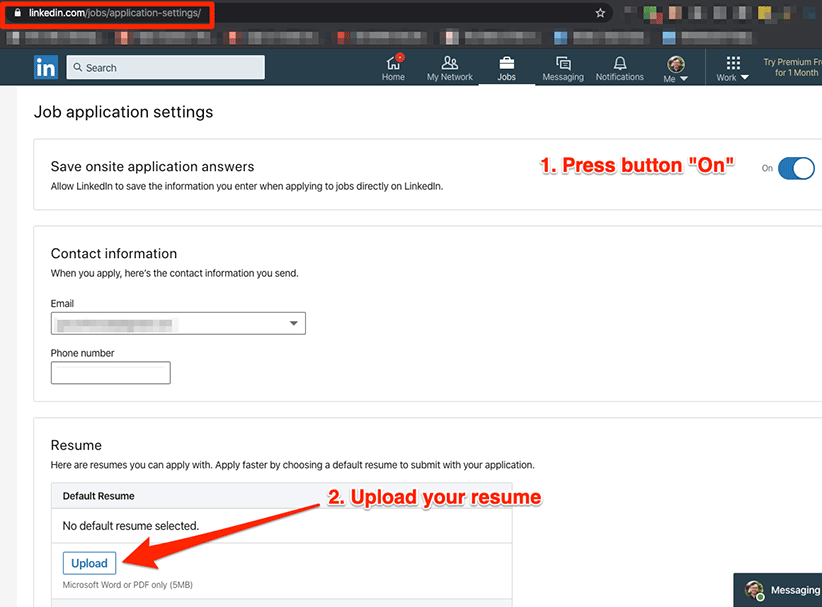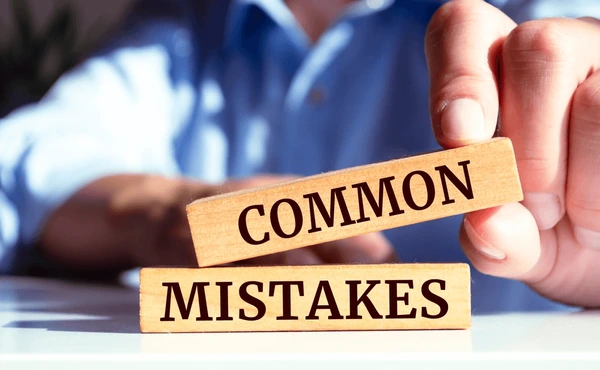Basics – What to Do After You Leave Your Job
K1: What to do after you leave your job
K2: Things to do when you quit your job
K3: What’s next after resigning from a job
Whether it was your decision or your employer’s, leaving a job can be a whirlwind of emotions and uncertainty. But it doesn’t have to be chaotic. Instead, it can be a powerful pause—a moment to reset, reassess, and reframe your career path.
In this guide, we’ll walk you through the practical steps, emotional adjustments, and career strategies you should follow once you’ve left your job. Whether you’re exploring new opportunities, considering a sabbatical, or jumping into entrepreneurship, here’s how to make the transition meaningful, strategic, and successful.
1. Take a Breath – Give Yourself Time to Reflect

Primary keyword: what to do after you leave your job
The first step is surprisingly simple: pause.
Leaving a job—especially one you’ve invested time and effort into—is a major life event. Many people rush into the next thing out of fear or anxiety. But the most successful transitions happen when you allow yourself time to decompress and reflect.
Use this time to ask yourself:
• Why did I leave?
• What did I learn from the role?
• What do I want more of (or less of) in my next role?
• What would make me truly fulfilled?
This reflection isn’t just emotional—it’s strategic. It forms the foundation for your next move.
2. Sort Out the Paperwork
Secondary keyword: exit formalities after job resignation
Before you fully move on, ensure you’ve completed all exit formalities. It’s tempting to emotionally check out once you resign, but this is where details matter.
Checklist of tasks:
• Collect your experience letter, relieving letter, and salary slips.
• Get copies of your performance reviews or recommendation letters.
• Clear dues and ensure PF, gratuity, or insurance claims are processed.
• Return company property like laptops, IDs, etc.
If you don’t have clarity, contact your HR and make sure everything is documented.
3. Update Your Resume and LinkedIn Profile

K2: Things to do when you quit your job
You’ve had experiences, managed responsibilities, and maybe even led projects—don’t let them fade away.
Update your resume while everything is fresh. Highlight achievements, metrics, and leadership experiences. Tailor your LinkedIn profile with updated keywords relevant to the industry or job role you’re targeting.
Pro Tip: Turn on LinkedIn’s “Open to Work” feature (you can choose to make it visible only to recruiters).
This is the groundwork that will help you attract new opportunities faster.
4. Build or Reconnect with Your Network
Secondary keyword: career networking tips after quitting job
Think of this phase as planting seeds for your next career move.
• Reach out to old colleagues or mentors with a brief update.
• Let people know (tactfully) that you’re open to new opportunities.
• Join industry groups, webinars, or virtual coffee chats.
• Attend meetups or professional development events.
Networking doesn’t mean asking for a job outright. It’s about staying visible, engaged, and resourceful.
5. Review Your Finances and Create a Temporary Budget

Primary keyword: what to do after you leave your job
Let’s talk money—because it can be a major stressor during this transition.
Start with a financial health check:
• Calculate how many months of savings you have.
• Audit your monthly expenses and cut unnecessary costs.
• If you received a severance or final payout, plan how it’ll stretch.
• Consider part-time gigs or freelance work to keep cash flowing.
Use budgeting tools like YNAB, PocketGuard, or Mint to track spending. Knowing your runway gives you the freedom to plan your next steps without panic.
6. Take Care of Your Mental and Physical Health

Secondary keyword: self-care after job resignation
Job loss, even if voluntary, can feel like an identity crisis. Don’t underestimate the emotional toll.
Here’s how to maintain well-being:
• Create a daily routine (structure brings stability).
• Exercise regularly, even if it’s just walking.
• Journaling can help process emotions.
• Talk to a coach, counselor, or therapist.
• Reconnect with hobbies or interests that recharge you.
This phase is about restoring balance, not proving productivity.
7. Explore Career Options or Skill Up
K3: What’s next after resigning from a job
This is your opportunity to reinvent or refine.
Some options:
• Consider lateral moves, industry shifts, or higher education.
• Try freelancing or consulting if you want flexibility.
• Explore entrepreneurship if you have a business idea brewing.
• Identify skills gaps and take up relevant certifications.
Platforms like Coursera, LinkedIn Learning, and Udemy can boost your skills without burning your budget.
8. Apply Smartly, Not Desperately
Primary keyword: what to do after you leave your job
Let’s talk money—because it can be a major stressor during this transition.
Start with a financial health check:
• Calculate how many months of savings you have.
• Audit your monthly expenses and cut unnecessary costs.
• If you received a severance or final payout, plan how it’ll stretch.
• Consider part-time gigs or freelance work to keep cash flowing.
Use budgeting tools like YNAB, PocketGuard, or Mint to track spending. Knowing your runway gives
you the freedom to plan your next steps without panic.
• Keep track of jobs applied and follow up regularly.
It’s not about how many resumes you send—it’s about how targeted and tailored they are.
9. Consider a Sabbatical or Passion Project
Secondary keyword: gap year after quitting job
If finances allow, consider taking a career sabbatical. This isn’t just a luxury—it can be a catalyst for transformation.
You might:
• Travel or volunteer abroad
• Write that book or start that podcast
• Explore creative work or nonprofit involvement
• Mentor younger professionals
Use this time to connect deeply with what gives you purpose. Often, the best career clarity comes when you’re not actively looking for it.
10. Reflect, Reset, and Re-align
Primary keyword: what to do after you leave your job
Every ending is a new beginning.
Use this period to ask the big questions:
• What do I want my next 5 years to look like?
• What kind of culture, manager, and mission do I thrive in?
• How do I want to feel on Sunday night before the workweek begins?
Aligning your next role with these answers means your career isn’t just successful—it’s sustainable.
11. Watch Out for Common Mistakes

Secondary keyword: mistakes to avoid after job resignation
Let’s get real—many people trip up post-resignation. Here’s how to stay alert:
🚫 Jumping into the first job offer out of fear
🚫 Burning bridges with ex-managers or colleagues
🚫 Not taking time to assess what went wrong
🚫 Neglecting mental or physical health
🚫 Not documenting your experience before forgetting it
🚫 Stay grounded, gracious, and growth-oriented.
12. Make a Comeback Plan
K2: Things to do when you quit your job
Set some timelines.
For example:
• By Week 1: Resume updated, mental reset complete
• By Week 2: Networking in motion
• By Week 3–4: 10–15 targeted job applications
• By Month 2: At least 3 interviews or skill upgrades
Having a rough roadmap brings purpose and a sense of control—both powerful in uncertain times.
13. Reconnect with Your “Why”
What motivates you? Security? Impact? Creativity? Leadership?
Leaving your job is the perfect time to reconnect with your “why”—the driving force behind your
career choices. When your next move is rooted in meaning, motivation becomes natural.
Try this exercise: Write down the 3 most meaningful achievements in your previous job. Then, list
what made them meaningful. You’ll find patterns that will guide your next decision.
14. Prep for the Next Chapter
When you’re ready, start prepping for that big leap.
• Practice your interview pitch: “Why did you leave your last job?”
• Get testimonials or references from former teammates.
• Start building thought leadership—write on LinkedIn, join discussions.
Every action you take now is a step toward a stronger, smarter career path.
15. Final Word: Your Exit Doesn’t Define You
Remember this: leaving a job isn’t the end. It’s a pivot.
You’re not starting over—you’re starting from experience.
Use this phase not just to find your next role, but to reimagine your entire career narrative. Whether you’re pivoting industries or returning stronger, this transition can be your most powerful move yet.
Related Blog: How to Succeed in Your New Job
Once you’ve landed your new role, don’t forget to check out our next-level guide to hit the ground running from Day 1.
Keywords Recap:
• Primary Keyword (K1): what to do after you leave your job
• K2: things to do when you quit your job
• K3: what’s next after resigning from a job
• Secondary keywords: self-care after job resignation, exit
Join Our Communnity Now.
“Welcome to the GetNaukri Community! 🚀 Your one-stop destination for job updates, career tips, and opportunities. Stay informed about the latest openings. Let’s grow together!





